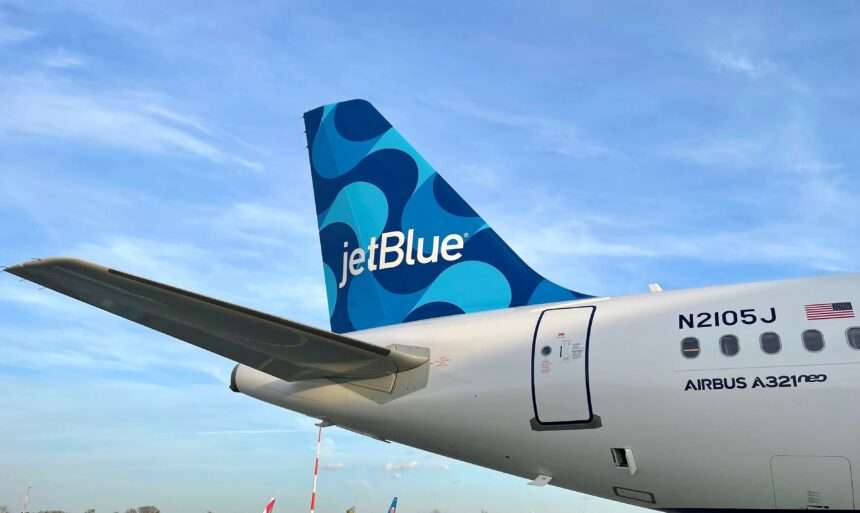As the global aviation industry continues to grow post-pandemic, the focus on sustainability and achieving Net Zero targets has become increasingly important.
To address the need for reducing carbon emissions associated with the construction of airport infrastructure, the International Air Transport Association (IATA) has partnered with Atkins, a member of the SNC-Lavalin Group, to develop a suite of innovative digital tools.
These tools aim to estimate the embodied carbon of terminal buildings and aviation assets, providing airports with the means to better understand and mitigate their carbon impact.
Importance of embodied carbon deduction
Modernizing and adapting airport infrastructure to align with sustainable aviation practices is essential in the pursuit of Net Zero goals. New buildings, such as terminals and runways, contribute significantly to embodied carbon emissions.
Embodied carbon refers to the carbon dioxide emitted during the construction and production of materials used in buildings and infrastructure.
By addressing and reducing embodied carbon, airports can play a crucial role in mitigating the environmental impact of the aviation industry.
[monsterinsights_popular_posts_inline]
Introducing the Digital Toolkit
The digital toolkit developed by IATA and Atkins offers airports a comprehensive solution for benchmarking and assessing the embodied carbon of three key airport asset types: terminal buildings, runways, and multi-storey car parks.
Unlike existing tools that measure carbon in general buildings at a later stage in the design process, this toolkit is tailored specifically to the aviation sector.
It can be applied at the early stages of design, enabling airport development teams to evaluate and mitigate carbon impacts from the inception of a project.
Advancing carbon assessment in airport development
The collaboration between IATA and Atkins marks a significant advancement in the assessment of embodied carbon in airport terminal buildings.
The tools developed focus on aviation-specific considerations and provide valuable insights to inform decision-making during the design phase.
Nick Careen, IATA Senior Vice President Operations, Safety, and Security, emphasized the importance of collective efforts in decarbonizing aviation. He expressed his confidence in the digital toolkit’s ability to assist airports in evaluating and reducing carbon impacts associated with new developments.
Careen stated, “By facilitating dialogue around carbon mitigation from day one of an airport development project, together we are making headway towards Net Zero aviation.”
Innovative solutions for a sustainable future
Atkins, in collaboration with IATA, has assembled a multidisciplinary team comprising experts in architecture, airport planning, structural design, and carbon assessment.
This approach ensures a comprehensive understanding of the complexity involved in assessing embodied carbon.
The tools developed by this team provide credibility, transparency, and flexibility, allowing for future adaptability and adjustment of assumptions as the industry progresses towards sustainable practices.
Andy Yates, technical director of aviation infrastructure for Atkins, emphasized the significance of the developed tools. He highlighted their ability to facilitate conversations around embodied carbon reduction, helping airports respond to the challenges associated with achieving net zero goals.
Yates stated, “The tools have been developed by a multi-disciplinary team, ensuring a solution that understands the complexity and multi-faceted approach needed to assess embodied carbon.”

Click the banner to subscribe to our weekly newsleter.









